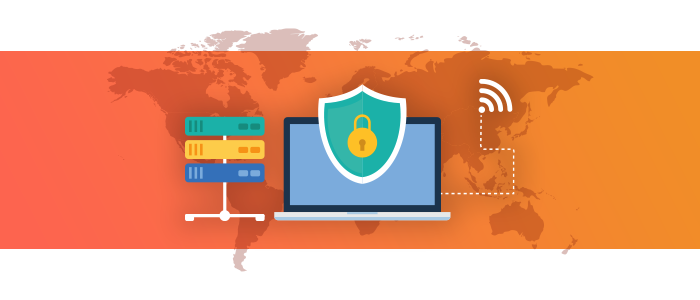
Don’t let hurricanes blow your data away!
“Life is not about sheltering yourselves from the rain, it is about learning to dance in the storm”, goes a popular saying. But, if you are a small business, you first need to shelter your assets from the rain, before you can afford to dance in the storm without a care in the world. Hurricanes, tornadoes and thunderstorms can catch you off-guard resulting in losses worth thousands of dollars. Your inventory may be damaged, your place of business may be flooded and your critical business data lost. While most small businesses do take timely steps to ensure their inventory and place of business are protected from natural disasters, a lot of them tend to overlook the risk such natural disasters pose to their IT infrastructure and data. To many, it doesn’t seem to be that big an issue--and invariably, this is where they go wrong. Data loss due to natural calamity or any other reason can cause significant damage to a business, resulting in extreme consequences such as complete business shutdown. Safeguarding your data shouldn’t be a project you embark upon after a hurricane warning is issued.In this post we discuss the steps you can take to mitigate the risks natural disasters pose to your data and IT infrastructure.
- Recognize the need for data safety, security and recovery in times of disaster.
- Bring together your key resources and create a team that’s responsible for implementing your disaster backup and recovery plan.
- Identify the key areas that need to be addressed. In the event of a disaster, what are the processes that absolutely need to function to keep your business going and what needs to be done so they still function smoothly?
- Prepare a solid disaster recovery-business continuity plan. You can enlist your in-house IT team or bring an MSP onboard to do this.
- Create a list of all the software programs, applications and hardware that are critical to your business process
- Include floor plans, physical access details, entry-exit security codes etc, pertaining to your place of business in the plan.
- Include information about your backups in the disaster recovery and business continuity plan.
- Conduct mock drills and audits to ensure your plan is executable and gives you the intended results.

Comments
Post a Comment